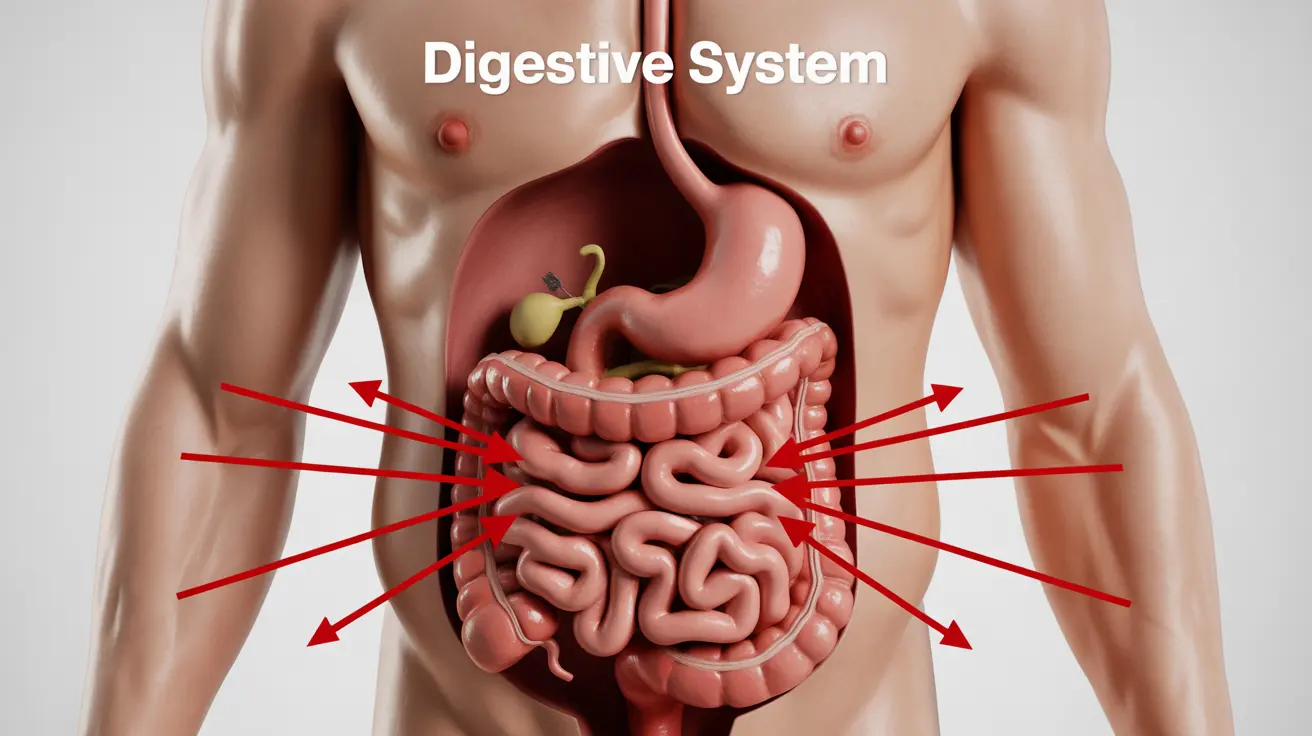Carbapenemase-producing organisms (CPO) have emerged as a critical concern in the medical community, posing significant challenges to public health. These bacteria have developed the ability to produce enzymes that can break down carbapenems, a class of antibiotics often considered the last line of defense against resistant infections. As the threat of antibiotic resistance continues to grow, understanding CPOs and their impact on healthcare becomes increasingly important for both medical professionals and the general public.
In this article, we'll explore the definition of CPOs, their public health significance, how they're identified, and strategies for prevention and control. By shedding light on this urgent health threat, we aim to increase awareness and promote better practices to combat the spread of these dangerous organisms.
What are Carbapenemase-Producing Organisms (CPOs)?
Carbapenemase-producing organisms (CPOs) are bacteria that have developed the ability to produce enzymes called carbapenemases. These enzymes can break down carbapenem antibiotics, rendering them ineffective. Carbapenems are often considered the "last resort" antibiotics, used to treat infections that are resistant to other common antibiotics. When bacteria can produce carbapenemases, they become resistant to these powerful drugs, leaving healthcare providers with limited treatment options.
CPOs can include various types of bacteria, such as Enterobacteriaceae (like Klebsiella pneumoniae and Escherichia coli), Pseudomonas aeruginosa, and Acinetobacter baumannii. The ability to produce carbapenemases can be acquired through genetic mutations or by obtaining genetic material from other resistant bacteria.
The Public Health Significance of CPOs
The emergence and spread of CPOs represent a significant threat to public health for several reasons:
- High mortality rates: Infections caused by CPOs are difficult to treat and can lead to severe outcomes, including death.
- Limited treatment options: With resistance to carbapenems, there are few effective antibiotics left to combat these infections.
- Rapid spread: CPOs can transfer their resistance genes to other bacteria, potentially creating more resistant strains.
- Healthcare burden: CPO infections often result in prolonged hospital stays, increased healthcare costs, and strain on medical resources.
Given these factors, the Centers for Disease Control and Prevention (CDC) has classified CPOs as an urgent public health threat, emphasizing the need for immediate and aggressive action to prevent their spread and development of new cases.
Identifying and Confirming CPO Cases
Accurate identification and confirmation of CPO cases are crucial for effective surveillance and control. Healthcare facilities and laboratories use specific criteria to confirm the presence of CPOs:
Laboratory Confirmation Methods
- Phenotypic tests: These include methods like the metallo-β-lactamase test, modified Hodge test, and Carba NP test, which detect the presence of carbapenemase enzymes.
- Molecular tests: These detect specific carbapenemase genes, such as blaKPC, blaNDM, blaVIM, blaIMP, and blaOXA-48.
- Next-generation sequencing (NGS): This advanced method can identify carbapenemase genes within a bacterial genome.
It's important to note that some bacteria have naturally occurring chromosomal carbapenemases. These are not typically reported unless they acquire additional non-chromosomal carbapenemase genes.
Case Classification and Reporting
CPO cases are classified into two main categories:
- Clinical cases: These involve specimens collected for diagnosis or treatment of an infection.
- Screening cases: These are from specimens collected to detect colonization, often from rectal, peri-rectal, axilla, or groin areas.
Healthcare facilities and laboratories are encouraged to identify all CPOs, regardless of the specimen source, and specify the carbapenemase gene(s) when known. This information is crucial for accurate surveillance and understanding the spread of different types of CPOs.
Strategies for Prevention and Control
Preventing the spread of CPOs requires a multifaceted approach involving healthcare providers, facilities, and patients:
- Strict infection control practices: Implementing rigorous hand hygiene, contact precautions, and environmental cleaning in healthcare settings.
- Antibiotic stewardship: Promoting the appropriate use of antibiotics to reduce the development of resistance.
- Surveillance and screening: Actively monitoring for CPOs in healthcare facilities and screening high-risk patients.
- Rapid identification and isolation: Quickly identifying CPO cases and implementing isolation measures to prevent transmission.
- Education and awareness: Training healthcare workers and educating patients about the risks and prevention of CPOs.
By implementing these strategies consistently and thoroughly, healthcare facilities can significantly reduce the risk of CPO transmission and protect vulnerable patients.
Frequently Asked Questions
- What are the symptoms and risks associated with infections caused by carbapenemase-producing organisms (CPOs)?
Symptoms of CPO infections can vary depending on the site of infection but may include fever, chills, fatigue, and organ-specific symptoms (e.g., cough for lung infections, pain or burning during urination for urinary tract infections). The primary risk is that these infections are highly resistant to antibiotics, making them difficult to treat. This can lead to prolonged illness, increased risk of complications, and potentially life-threatening situations, especially in vulnerable populations like the elderly or those with weakened immune systems.
- How are carbapenemase-producing organisms (CPOs) typically diagnosed and confirmed in a clinical setting?
CPOs are typically diagnosed through laboratory testing of patient samples (e.g., blood, urine, wound swabs). Initial screening may involve culture-based methods and antibiotic susceptibility testing. Confirmation of CPO status usually requires specialized tests such as phenotypic assays (e.g., Carba NP test) or molecular methods (e.g., PCR) to detect specific carbapenemase genes. In some cases, advanced techniques like next-generation sequencing may be used for definitive identification.
- What are the treatment options for infections caused by carbapenemase-producing organisms (CPOs), and how effective are they?
Treatment of CPO infections is challenging due to their high level of antibiotic resistance. Options may include combinations of antibiotics, often including newer agents like ceftazidime-avibactam or meropenem-vaborbactam. In some cases, older antibiotics like colistin might be used, despite potential side effects. The effectiveness of treatment varies and often depends on the specific organism, its resistance profile, and the patient's overall health. Early detection and targeted therapy based on susceptibility testing are crucial for improving outcomes.
- How can the spread of CPOs be prevented in healthcare settings, and what role do infection control strategies play?
Preventing CPO spread in healthcare settings relies heavily on strict infection control measures. These include rigorous hand hygiene practices, proper use of personal protective equipment (PPE), patient isolation when necessary, and thorough environmental cleaning and disinfection. Active surveillance, including screening high-risk patients, helps in early detection. Antibiotic stewardship programs also play a crucial role by promoting appropriate antibiotic use, which can help reduce the development and spread of resistance.
- Are there any lifestyle changes or precautions that can reduce the risk of becoming colonized or infected with CPOs?
While CPOs are primarily a concern in healthcare settings, individuals can take some precautions to reduce their risk:
- Practice good hand hygiene, especially when in healthcare facilities or caring for someone who is ill.
- Take antibiotics only when prescribed and complete the full course as directed.
- Inform healthcare providers if you've been hospitalized in another facility or country.
- Maintain good overall health through diet, exercise, and stress management to support your immune system.
- If you have chronic health conditions, manage them well to reduce the need for frequent hospitalizations.




